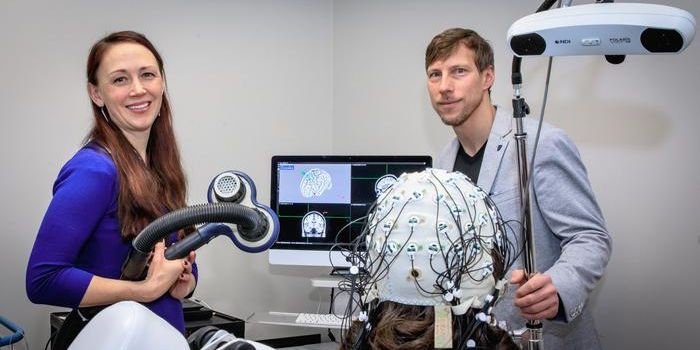Imaging Innovation Set to Ease the Pain of Osteoarthritis
In osteoarthritis, the joint cartilage that cushions bones begins to break down, causing debilitating pain and stiffness. It’s the most common form of degenerative joint disease, affecting almost 240 million people around the world.
Australian researchers have developed a cutting edge imaging technique to visualize the signs of osteoarthritis. Using mass spectrometry imaging, the scientists were able to paint a molecular picture of osteoarthritic cartilage, revealing that damaged tissue had numerous signature patterns of the expression of different sugars. The study was published in the International Journal of Molecular Sciences.
"It is one of the most common degenerative joint diseases, yet there are limited diagnostic tools, few treatment options and no cure," said lead scientist Paul Anderson from the University of South Australia.
For now, diagnostics rely on biomarkers present in bodily fluids — a test that lacks both precision and accuracy. The new imaging platform can map changes on molecular level in different anatomical regions, thus helping to inform optimal clinical strategies to slow the progression of the condition. Mass spectrometry already has a stellar track record in diagnostic settings, demonstrating its efficacy in identifying cancer biomarkers, for example.
“To date, diagnosing osteoarthritis has relied heavily on x-rays or MRI, but these provide limited information and don't detect biomolecular changes that signal cartilage and bone abnormalities,” said Olivia Lee, a graduate student who contributed to the study.
“By contrast, alternative imaging methods such as MSI can identify specific molecules and organic compounds in the tissue section." Osteoarthritis is a heavy burden on healthcare systems and patients due to loss of work productivity, costs of treatments, and the diminished quality of life during osteoarthritis flare ups. These next generation diagnostic technologies are a light at the end of the tunnel for transforming osteoarthritis standards of care.
Sources: International Journal of Molecular Sciences, University of South Australia.









